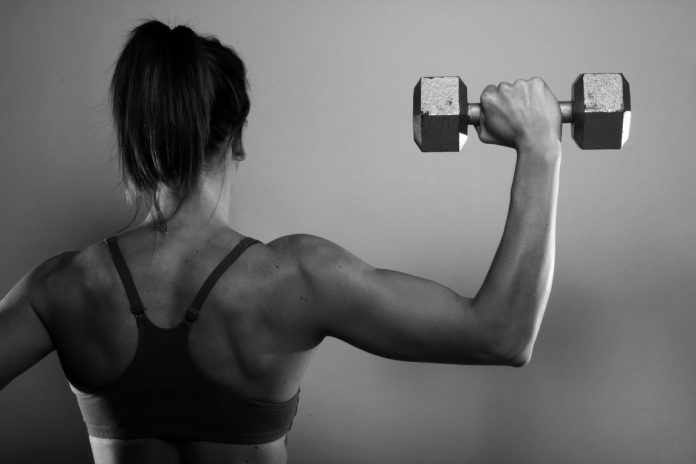At the University of Freiburg, scientists have created artificial muscles from natural proteins – less Dr Frankenstein, more future potential for reconstructive medicine or soft robotics
Dr Stefan Schiller and Dr Matthias Huber, from the University of Freiburg, have created a muscle purely out of natural proteins.
Scientists have recently created artificial organs – such as a pancreas, which is helping diabetes patients to manage their condition. However, the ‘artificial pancreas’ is reliant on AI and technology. This new discovery is one of the first forays into fully organic creation.
The achievement initially brings to mind the one of the first sci-fi books, Frankenstein, in which a body is organically re-animated – to devastating effect. But this artificial muscle, which responds to temperature and pH, is simply the beginning of an interesting future for reconstructive medicine, soft robotics and prosthetics.
So, what exactly is the artificial muscle made from?
Rest assured, no existing human bodies were harmed in the making of this muscle.
The actual material is based on elastin, which is a natural fibrous protein that also occurs in humans – giving elasticity to the skin and blood vessels.
Copying this existing protein, the team created two relatively similar. One of these elastin-inspired proteins responds to fluctuations in pH, while the other responds to temperature. The two proteins were then combined via photochemical cross-linking, to form a bilayered material.
This allowed scientists to shape the material and set a direction of movement.
“Since it is derived from the naturally occurring protein elastin and is produced by us through biotechnological means, our material is marked by a high sustainability that is also relevant for technical applications,” said Dr Schiller. “In the future, the material could be developed further to respond to other stimuli, such as the salt concentration in the environment, and to consume other energy sources, such as malate derived from biomass.”
How did the muscle work?
The team managed to create contractions, to even form rhythmic movements.
They used a chemical energy source as fuel, sodium sulfite. In an oscillating chemical reaction in which the pH changes in cycles due to a special linkage of several reactions, the added energy was converted into mechanical energy via non-equilibrium states of the material.
Essentially, the scientists induced the material to contract autonomously in a cyclical manner. They were also able to switch the contractions on and off with the help of temperature changes – the oscillating chemical reaction started at a temperature of around 20°C, and the material began to make rhythmic movements.
In the process, it was possible to program certain states for the material to assume and to reset them again with another stimulus. The scientists thus achieved a simple system for implementing learning and forgetting at the material level.
“Our artificial muscle is still a prototype,” said Dr Schiller.
“However, the high biocompatibility of the material and the possibility of adjusting its composition to match particular tissue could pave the way for future applications in reconstructive medicine, prosthetics, pharmaceutics, or soft robotics.”











